Theo Jansen’s menagerie of Strandbeests roams free at Art Basel Miami Beach

Whether it's the historic art deco architecture or the Speedo-favouring locals (of a certain age), Miami's South Beach is known for its many special sights. This year, a part of the beachfront has been turned into a temporary menagerie for the Dutch artist Theo Jansen's fantastical 'Strandbeests' - a family of six kinetic, wind-powered creatures, with the largest measuring 42ft long.
With skeletons made from PVC tubing, plastic bottles and recycled materials, each beast is able to effortlessly move on its own. Presented by Swiss watchmakers Audemars Piguet and the Peabody Essex Museum until 7 December as part of this year's Art Basel Miami Beach, the shoreside exhibition is an otherworldly sight to behold. The project includes a reproduction of Jansen’s workshop on the beach and an exhibition of Lena Herzog’s photographs of the Strandbeests.
Jansen's self-propelling creatures are powered by reserves of pressurised air that are pumped by the wind. It can take a few hours for the bottles to fill up, but that enables the animals to move without any aid. It's a concept that the artist has been developing all the way since 1990. He has made a beast almost every year, starting in winter and then testing and refining it until the autumn, when it is retired as 'extinct' and preserved as a 'fossil'. The 42ft-long 'Animaris Suspendisse' is the 37th and newest beast to exist.
'These started off as fairy tales. I used to write columns for the science part of the [Dutch] newspaper and I wrote this piece about these skeletons that gathered sand on the beach to build dunes and protect the country from rising sea levels,' recalls Jansen. 'For a long time after that, nothing happened, but then I found the tubes and decided to spend a year building the skeletons. By the end of that year, I was addicted.'
As a result, the artist became fascinated by the principles of evolution. 'Instead of building the dunes, I started to realise that I was making new forms of life,' he explains. 'I was like a new god in their world. I wanted to forget everything that existed in nature and to make something new. I didn't want to imitate [existing animal forms].'
Jansen's beasts feature a unique leg system that the artist developed to enable them to move. Gliding laterally with little lifting up and down, the creatures exude an ethereal grace as they travel. Some come with wings, while others have spoilers to protect them from strong winds.
The animals have travelled all over the world to science and art museums alike. While their physiology is firmly secure in scientific fact, Jansen prefers to identify them as artistic creations. 'My experience is when people see it as art, they use more of their imagination and are more willing to join me in my dream.'

'Animaris Turgentia Vela', by Theo Jansen. With skeletons made from PVC tubing, plastic bottles and recycled materials, each beast is able to effortlessly move on its own. Courtesy of PEM
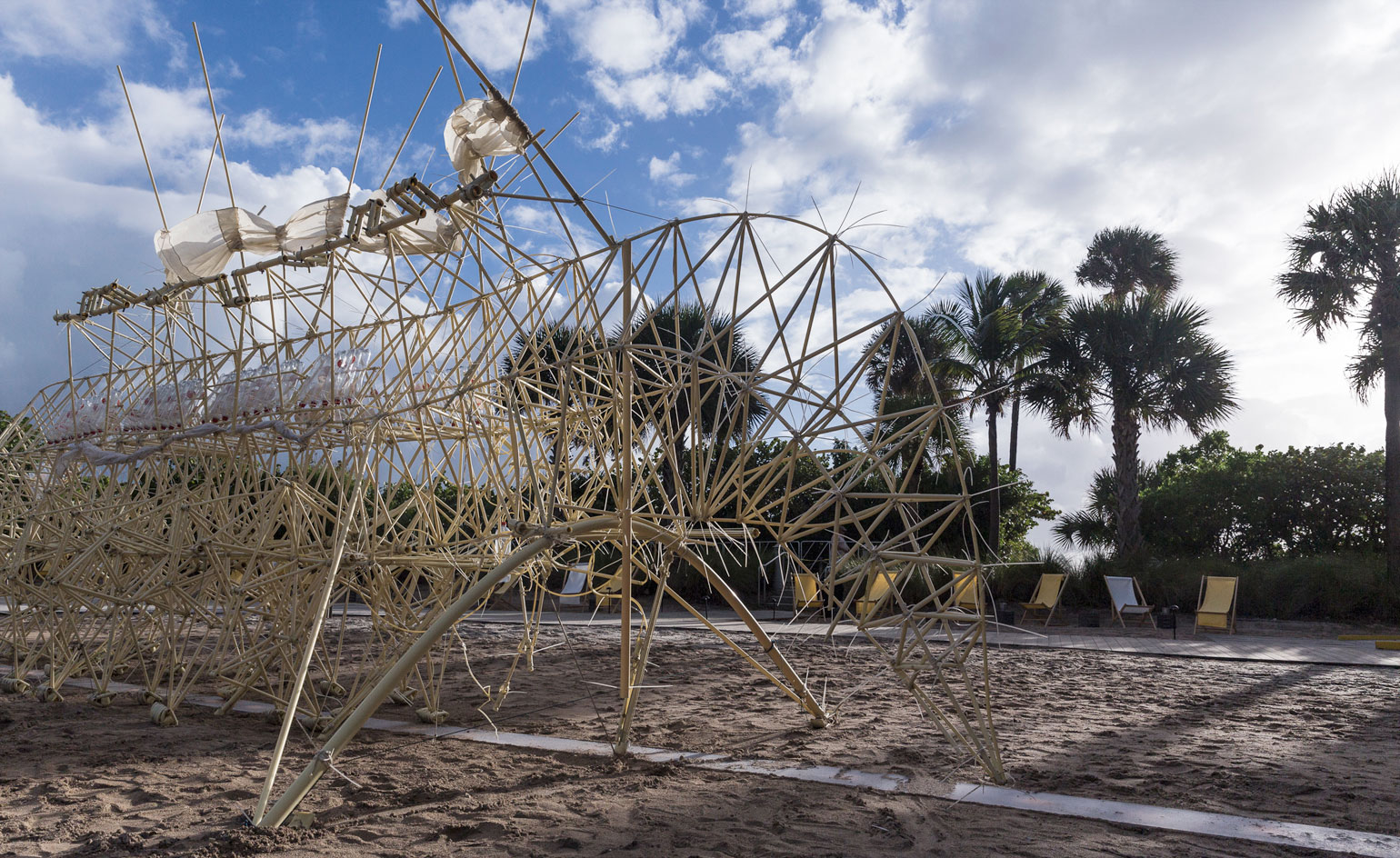
Jansen's self-propelling creatures are powered by reserves of pressurised air that are pumped by the wind. It can take a few hours for the bottles to fill up, but that enables the animals to move without any aid
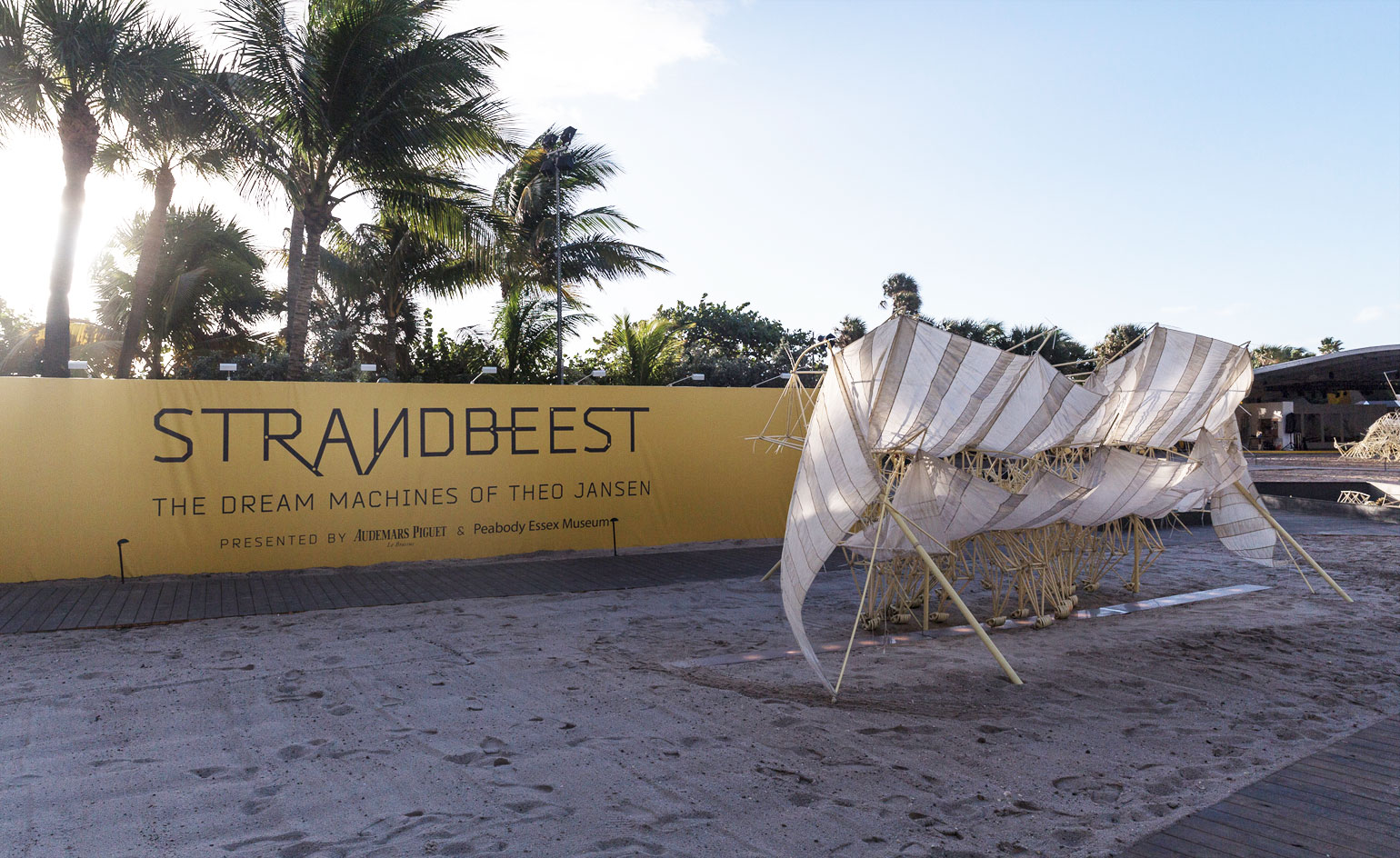
Presented by Swiss watchmakers Audemars Piguet and the Peabody Essex Museum until 7 December as part of this year's Art Basel Miami Beach, the shoreside exhibition is an otherworldly sight to behold
Receive our daily digest of inspiration, escapism and design stories from around the world direct to your inbox.
Pei-Ru Keh is a former US Editor at Wallpaper*. Born and raised in Singapore, she has been a New Yorker since 2013. Pei-Ru held various titles at Wallpaper* between 2007 and 2023. She reports on design, tech, art, architecture, fashion, beauty and lifestyle happenings in the United States, both in print and digitally. Pei-Ru took a key role in championing diversity and representation within Wallpaper's content pillars, actively seeking out stories that reflect a wide range of perspectives. She lives in Brooklyn with her husband and two children, and is currently learning how to drive.
-
 Men’s Fashion Week A/W 2026 is almost here. Here’s what to expect
Men’s Fashion Week A/W 2026 is almost here. Here’s what to expectFrom this season’s roster of Pitti Uomo guest designers to Jonathan Anderson’s sophomore men’s collection at Dior – as well as Véronique Nichanian’s Hermès swansong – everything to look out for at Men’s Fashion Week A/W 2026
-
 The international design fairs shaping 2026
The international design fairs shaping 2026Passports at the ready as Wallpaper* maps out the year’s best design fairs, from established fixtures to new arrivals.
-
 The eight hotly awaited art-venue openings we are most looking forward to in 2026
The eight hotly awaited art-venue openings we are most looking forward to in 2026With major new institutions gearing up to open their doors, it is set to be a big year in the art world. Here is what to look out for
-
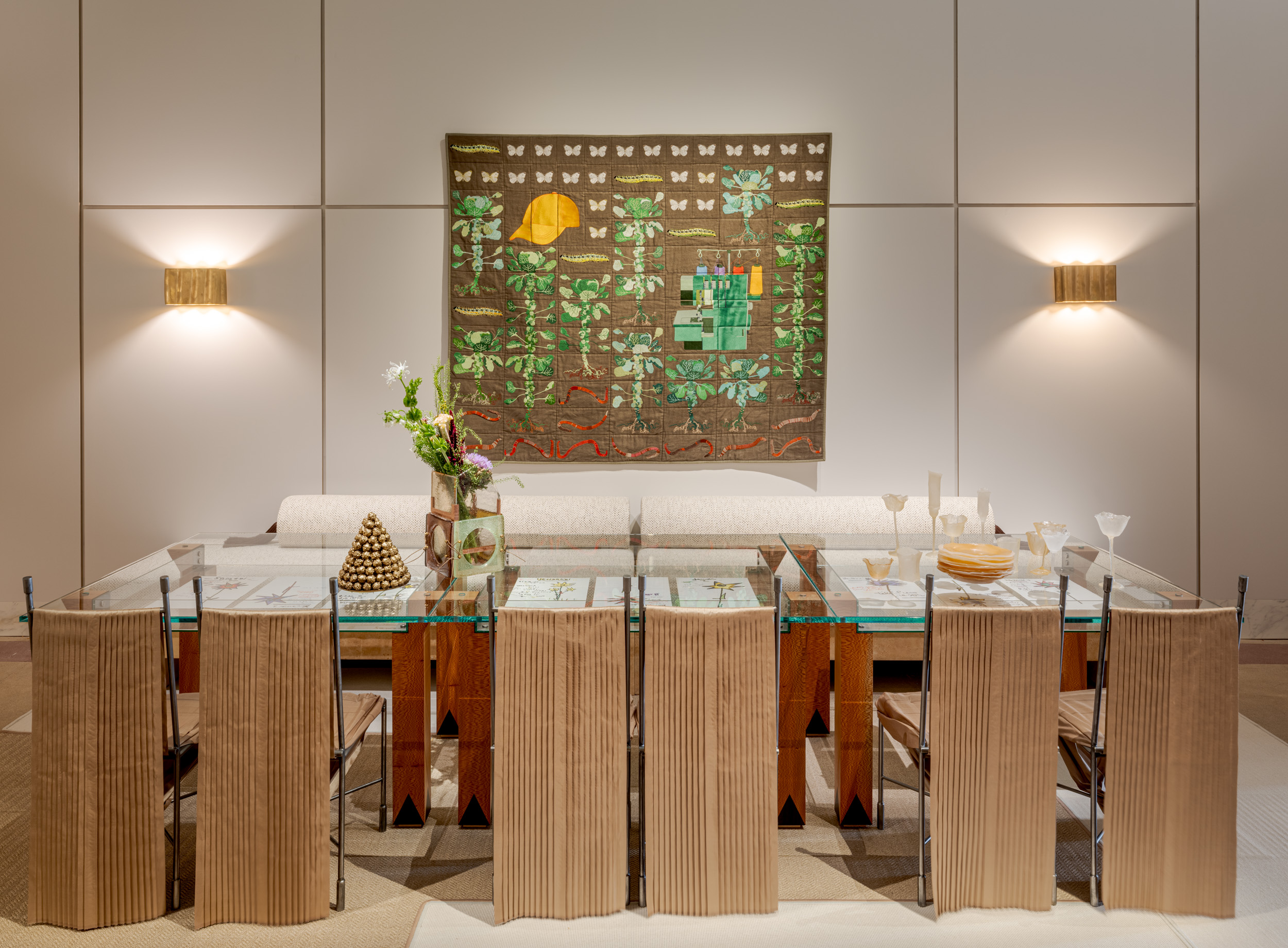 These are the best design exhibitions to see in Paris this week
These are the best design exhibitions to see in Paris this weekAs Design Miami Paris and Art Basel Paris make their return, we round up the best design exhibitions to discover in the city
-
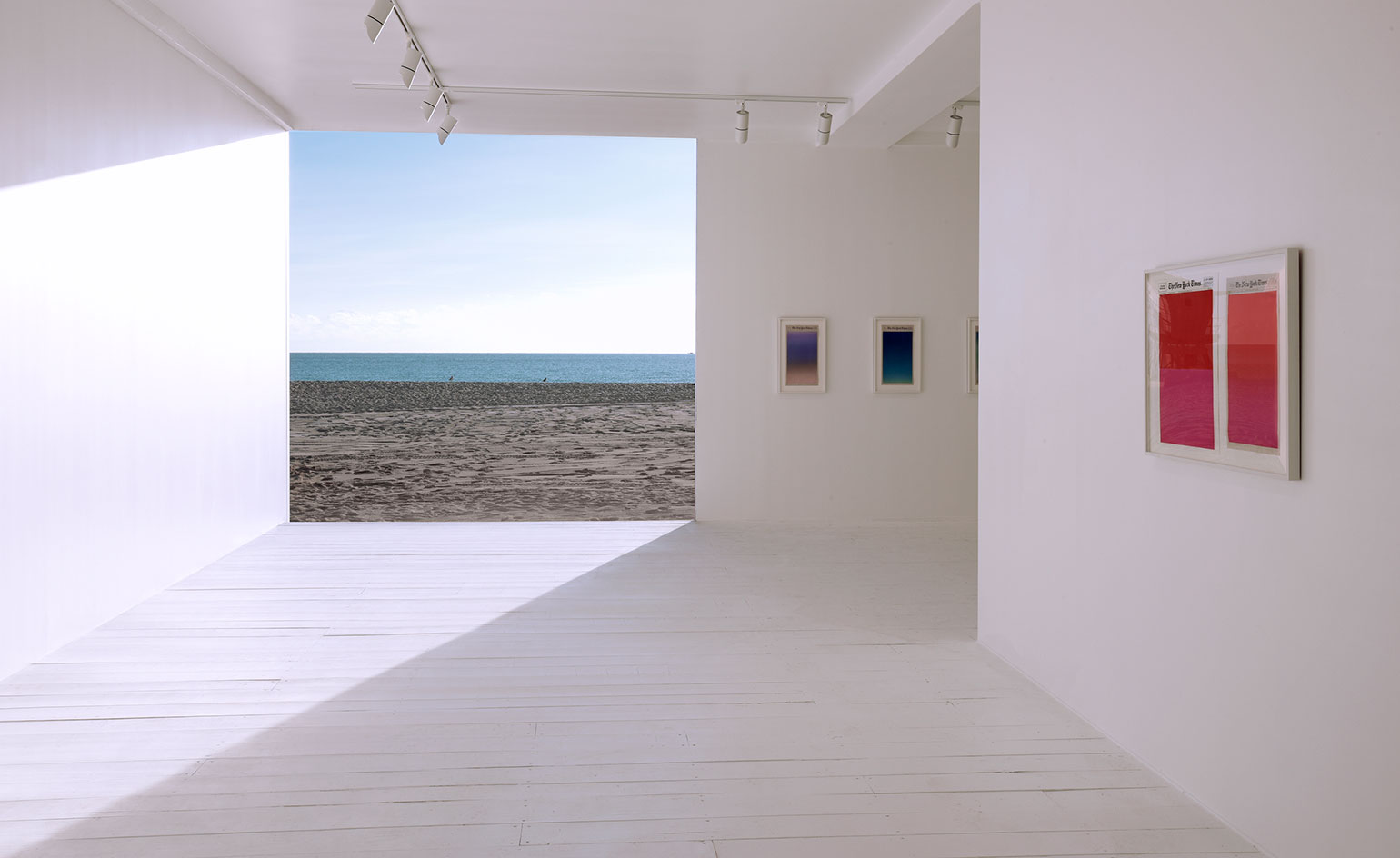 Fashion’s finest findings at Design Miami and Art Basel Miami Beach 2021
Fashion’s finest findings at Design Miami and Art Basel Miami Beach 2021It wasn’t only art and design aficionados that descended on Miami this week; the fashion crowd also flocked to city, including luxury houses such as Loewe, Saint Laurent and Fendi
-
 Tracing the radical evolution of domestic interior design
Tracing the radical evolution of domestic interior designVitra Design Museum presents ‘Home Stories: 100 Years, 20 Visionary Interiors,’ a major exhibition that celebrates the power of interior design in the last century
-
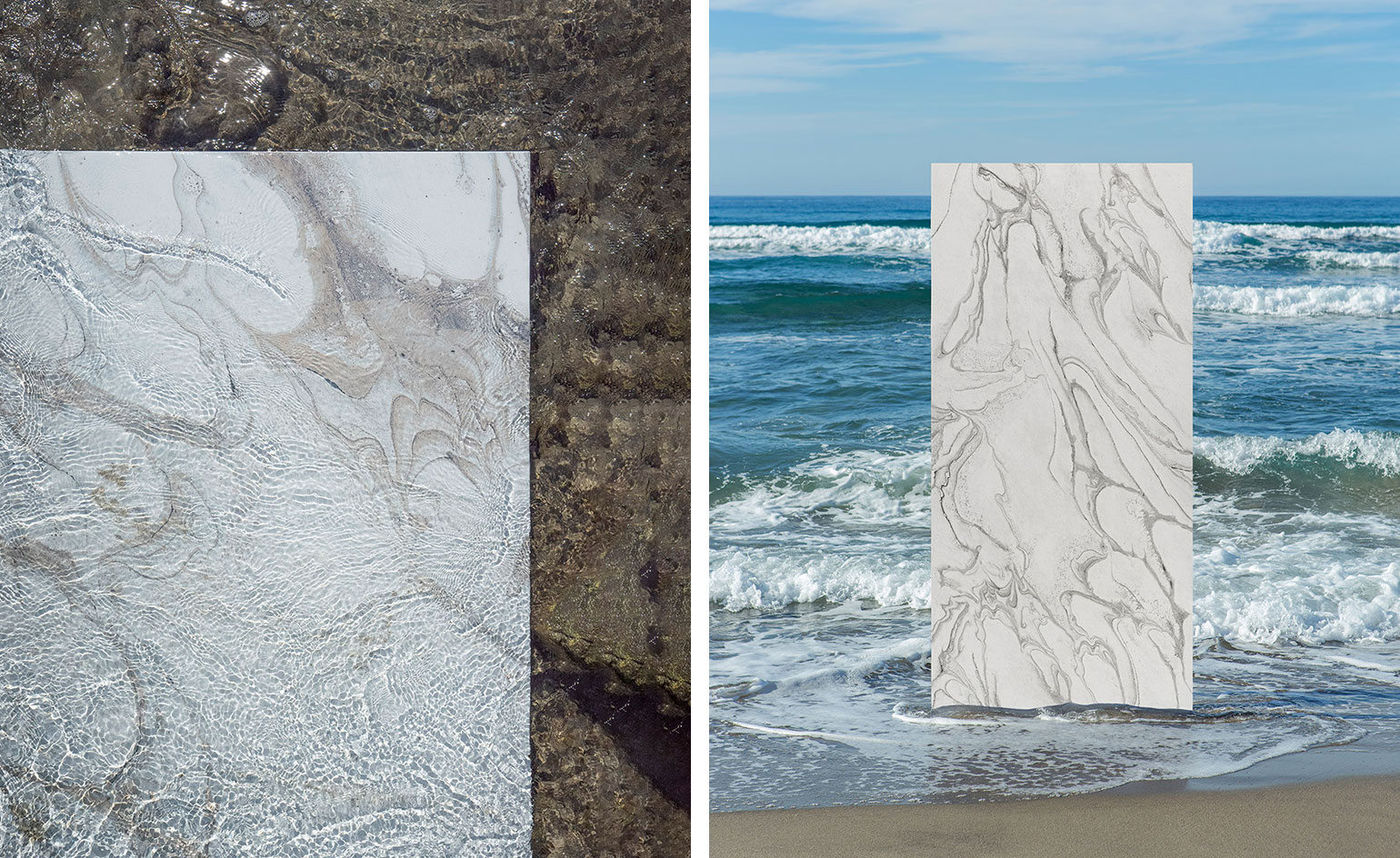 Art, nature and science collide in Patternity’s range for Cosentino
Art, nature and science collide in Patternity’s range for CosentinoInspired by the different states of liquid, Patternity and Cosentino realise The Liquid Collection, three subtly marbled designs printed on ultra-compact large format surfaces that will be shown at Design Miami
-
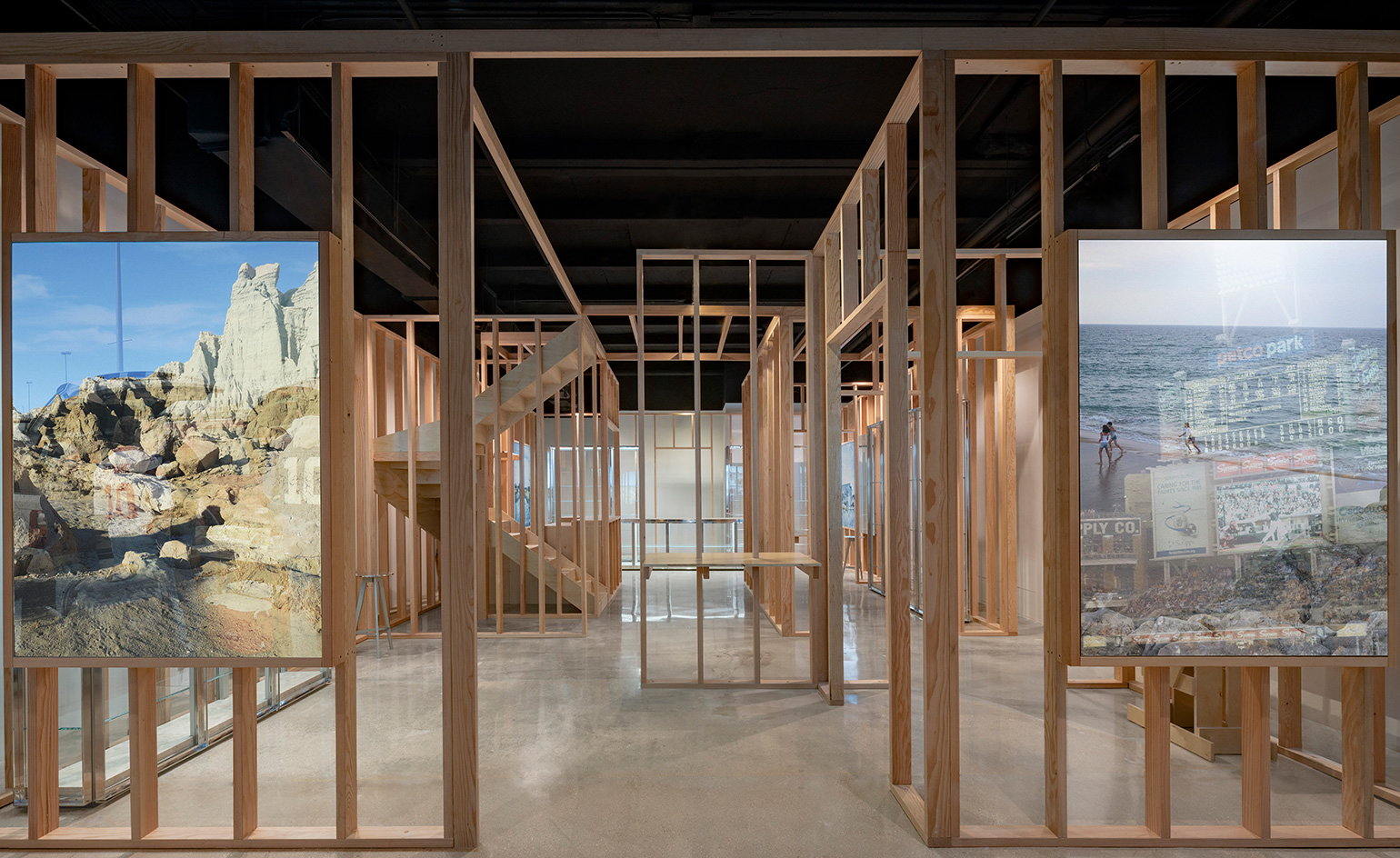 Byredo opens nostalgic pop-up in Miami Design District
Byredo opens nostalgic pop-up in Miami Design District -
 Design Miami/ Basel 2018: the Wallpaper* highlights
Design Miami/ Basel 2018: the Wallpaper* highlights -
 CasaCor brings a slice of Latin American living to Miami penthouses
CasaCor brings a slice of Latin American living to Miami penthouses -
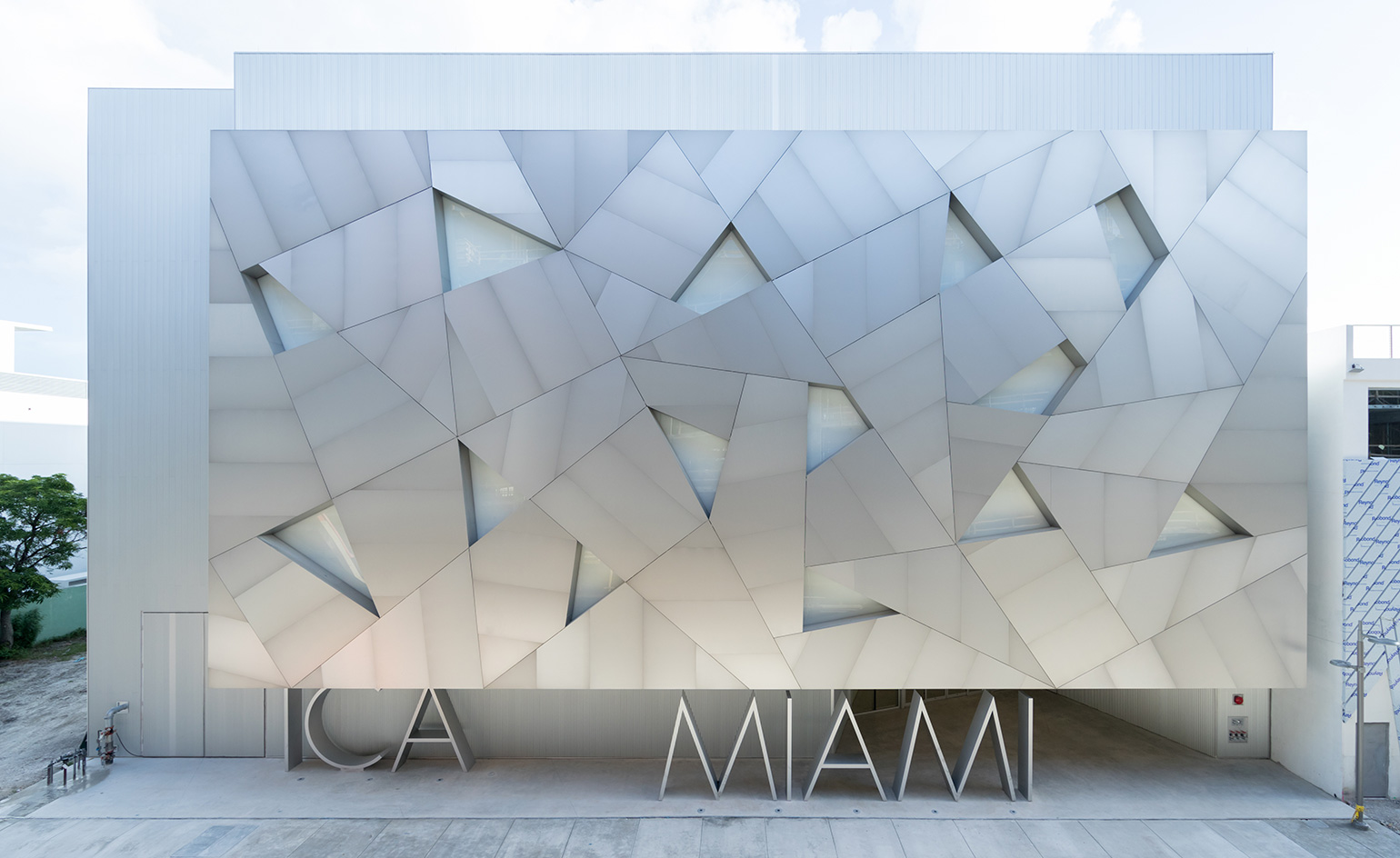 ICA Miami’s new home has all the right angles
ICA Miami’s new home has all the right angles